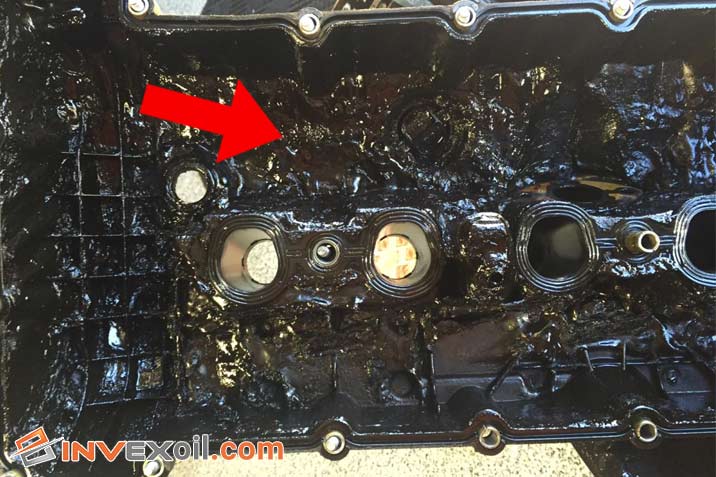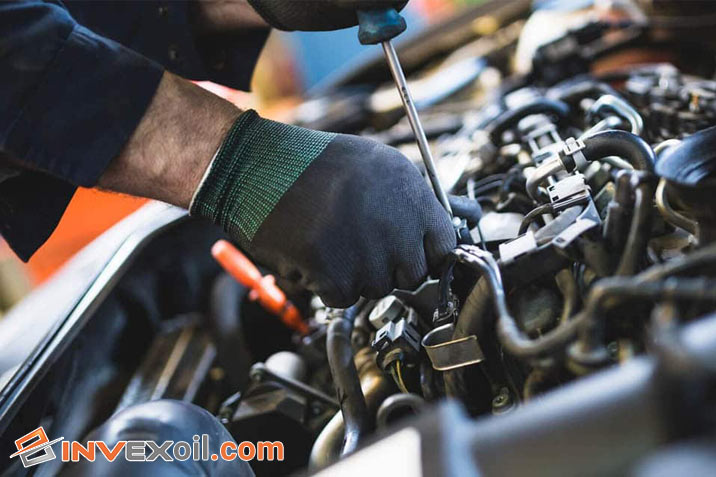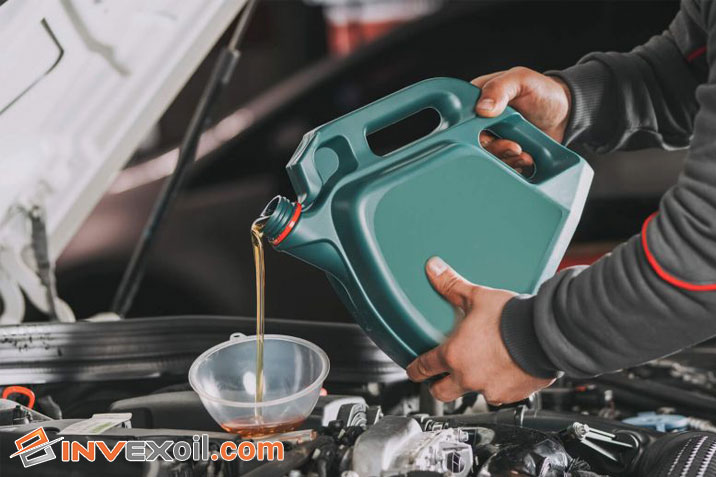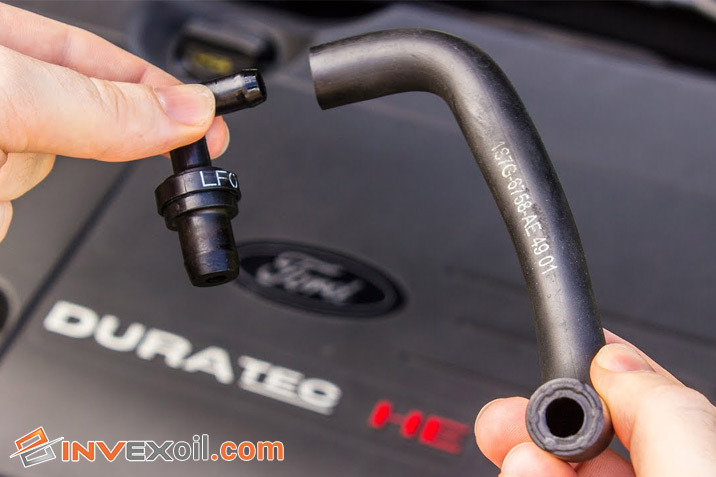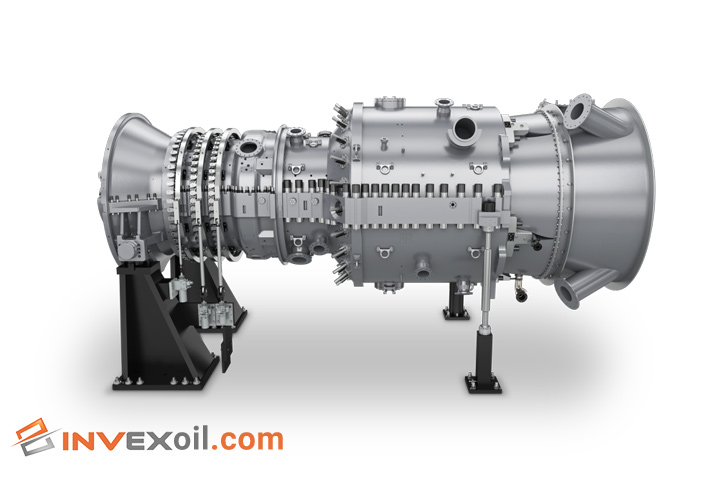Engine oil sludge symptoms, often subtle yet critical, can signal impending engine issues. Understanding these signs, their causes, and effective cleaning methods is essential for vehicle owners. In this comprehensive guide, we delve into the four primary engine oil sludge symptoms, explore their underlying causes, and reveal the oil flushing system as a remedy. Whether you’re an auto enthusiast or a concerned car owner, this article equips you with valuable insights to protect your engine’s health and prolong its lifespan.
Table of Contents
What are the causes of engine oil sludge?
To tackle engine oil sludge effectively, it’s crucial to identify its root causes. Sludge develops when oil breaks down and becomes contaminated with dirt, debris, and other impurities. Let’s explore these causes in detail and understand why each one can lead to the formation of engine oil sludge.
Table of Oil Sludge Causes Overview
| Causes | Description |
| Not changing engine oil | Neglecting regular oil changes can lead to sludge buildup. |
| Low-quality oil | Choosing inferior oil products can accelerate sludge formation. |
| Faulty PCV valve | A malfunctioning PCV valve can increase the risk of sludge. |
| Short Commutes | Brief trips without optimal engine temperature promote sludge. |
Not changing engine oil
One of the primary culprits behind engine oil sludge is neglecting to change your engine oil regularly. This simple maintenance task is often overlooked, but its consequences can be severe.
Recommended Oil Change Intervals table
| Vehicle Type | Recommended Oil Change Interval |
| Passenger Cars | Every 3,000 to 5,000 miles |
| Trucks and SUVs | Every 5,000 to 7,500 miles |
| High-Performance Cars | Every 3,000 miles |
And you must know that:
- Infrequent oil changes or exceeding recommended mileage intervals can lead to sludge formation.
- Regular oil changes are essential to prevent sludge buildup.
Using Low-Quality Oil Brands
Choosing budget-friendly, inferior oil products may seem like a cost-effective choice initially, but it can have dire consequences for your engine.
Oil Quality Comparison table
| Oil Type | Quality Level | Features and Benefits |
| Synthetic Oil | High-quality | Offers excellent engine protection and extended service intervals. |
| Conventional Oil | Standard | Suitable for regular use but may require more frequent changes. |
| Blended Oil | Mid-range | A compromise between synthetic and conventional oils. |
And it’s better to know that:
- Poor-quality oils lack the detergents and additives needed to prevent sludge formation.
- Investing in high-quality oil can significantly reduce the risk of engine oil sludge.
Low-quality oil: A Risky Choice for Your Engine
When it comes to engine oil, not all products are created equal. Low-quality oil can be a significant contributor to engine oil sludge, and understanding why is crucial. Let’s check and find problems.
Poor Oil Additives
In the world of engine oil, additives play a critical role in maintaining engine health. These additives include detergents and dispersants, which prevent the accumulation of sludge and deposits in the engine.
Additives in Engine Oil table
| Additive Type | Function | Effects on Engine |
| Detergents | Clean and remove deposits from engine parts | Prevent sludge and varnish formation. |
| Dispersants | Suspend contaminants in oil, preventing buildup | Keep engine components clean. |
| Anti-wear agents | Reduce friction and wear on engine parts | Enhance engine longevity. |
| Anti-oxidants | Prevent oil breakdown and oxidation | Extend oil life and maintain viscosity. |
Faulty PCV valve: A Silent Culprit
The Positive Crankcase Ventilation (PCV) valve might not be a household name, but its malfunction can lead to engine oil sludge.
PCV Valve Function
Understanding the role of the Positive Crankcase Ventilation (PCV) valve is essential in grasping how it contributes to sludge formation.
Table of PCV Valve Functionality
| PCV Valve Status | Function | Consequences of Failure |
| Functional | Vents excess gases and moisture from the crankcase | Prevents sludge and deposit formation. |
| Malfunctioning | Fails to ventilate crankcase effectively | Traps contaminants, leading to sludge. |
| Stuck Open | Allows unfiltered air into the intake manifold | Increases the risk of oil contamination. |
Short Commutes: A Tricky Situation
Short commutes may seem harmless, but they can inadvertently promote engine oil sludge formation.
Impact of Short Drives
Explaining how brief trips can contribute to sludge buildup is vital in helping vehicle owners recognize this often-overlooked issue.
Short Commute Effects are here in this table.
| Driving Habits | Effects on Engine | Strategies for Prevention |
| Short Commutes | Engine doesn’t reach optimal operating temperature | Combine short trips when possible. |
| Stop-and-go | Increased condensation and fuel contamination | Schedule regular maintenance check-ups. |
| Cold Weather | Slower warm-up times, promoting sludge formation | Consider synthetic oil for faster warm-up. |
What are the symptoms of engine oil sludge?
To keep your engine running smoothly, it’s crucial to recognize the symptoms of engine oil sludge. Early identification can prevent severe damage and costly repairs. Let’s dive into the four main symptoms.
Low oil pressure: A Warning Sign
As you may already know, low oil pressure is often one of the first indications that your engine may be suffering from sludge buildup and other effects. This issue can have far-reaching consequences if left unaddressed. Then, Check future solutions.
Consequences of Low Oil Pressure
Understanding what low oil pressure can mean for your engine’s health is vital to prompt action.
Effects of Low Oil Pressure table
| Symptom | Effects on Engine | Potential Consequences |
| Dashboard warning light | Illuminates to signal an issue. | Reduced lubrication and engine wear. |
| Engine noise | Increased knocking or ticking sounds. | Damage to engine components. |
| Overheating | Inadequate cooling due to oil breakdown | Engine overheating and damage. |
| Reduced performance | Loss of power and efficiency. | Poor acceleration and fuel economy. |
Engine overheating: The Heat is On
Engine overheating can be a clear indicator of engine oil sludge. When sludge restricts oil flow, it can lead to excessive heat.
Overheating Causes: Sludge’s Role
Understanding how sludge contributes to engine overheating is essential for diagnosis and prevention.
Causes of Engine Overheating are here in this table.
| Overheating Cause | Description | Effects on Engine |
| Reduced lubrication | Sludge restricts oil flow, leading to friction and heat. | Overheating, engine damage, and wear. |
| Cooling system issues | Oil breakdown can affect coolant temperature regulation. | Increased risk of overheating. |
| Exhaust restriction | Sludge buildup may block exhaust flow, causing heat. | Overheating and potential engine damage. |
Engine Knocking: A Disturbing Sound
If you’ve ever heard an unsettling knocking noise coming from your engine, it could be a sign of trouble related to engine oil sludge.
Understanding Engine Knocking
Exploring how sludge can lead to these knocking sounds sheds light on the severity of the issue.
Engine Knocking Explanations informational table
| Knocking Type | Description | Potential Consequences |
| Detonation Knock | Rapid, uncontrolled combustion causing knocking sounds. | Engine damage, reduced efficiency. |
| Pre-ignition Knock | Combustion occurring before spark plug ignition. | Engine stress and potential damage. |
| Rod Knock | A repetitive tapping or knocking noise. | Serious engine damage if ignored. |
Poor Performance: When Power Fades
If your vehicle’s performance has been lackluster, engine oil sludge could be the culprit behind the decline in power and efficiency.
Effects on Engine Performance: Sludge’s Influence
Understanding how sludge can impact your engine’s performance is crucial for maintaining a smooth ride.
Impact on Engine Performance are here in this table.
| Performance Aspect | Description | Potential Performance Effects |
| Acceleration | Sludge-induced power loss affects acceleration. | Slower acceleration and response. |
| Fuel Efficiency | Reduced engine efficiency leads to increased fuel consumption. | Poor fuel economy. |
| Emissions | Sludge can impact exhaust emissions and compliance. | Potential emissions test failure. |
Ways to treat engine oil sludge to save your Engine
When faced with engine oil sludge, taking swift and effective action is paramount. Let’s explore the methods to treat this issue and get your engine back on track.
Engine wash | A Fresh Start for Your Engine
Engine washing is a crucial step in combating sludge buildup. It involves the thorough cleaning of engine components to remove accumulated sludge and contaminants.
Professional Engine Cleaning | The Benefits
Professional engine cleaning services can offer a level of precision and effectiveness that DIY methods may not achieve.
Professional Engine Cleaning Services table
| Service Type | Description | Benefits |
| Chemical Cleaning | Uses specialized chemicals to dissolve sludge and deposits. | Restores engine efficiency. |
| Steam Cleaning | High-pressure steam removes stubborn sludge and debris. | Eliminates contaminants effectively. |
| Ultrasonic Cleaning | Utilizes ultrasonic waves for thorough component cleaning. | Prevents future sludge formation. |
Oil change | A Fresh Start for Your Engine
Regular oil changes are fundamental to maintaining a healthy engine. Choosing the right engine oil is equally crucial.
Choosing the Right Engine Oil | Quality Matters
Selecting the correct oil type and grade can significantly impact your engine’s performance and longevity.
Engine Oil Selection Guide table
| Oil Type | Description | Benefits |
| Synthetic Oil | Engineered for high-performance and extended intervals. | Enhanced protection and efficiency. |
| Conventional Oil | Basic engine oil suitable for regular use. | Cost-effective maintenance. |
| High Mileage Oil | Formulated for older engines with higher mileage. | Reduces wear and maintains seals. |
Replacing the PCV valve
When dealing with engine oil sludge, addressing the PCV (Positive Crankcase Ventilation) valve is crucial. Let’s delve into how replacing this valve can contribute to resolving the issue.
PCV Valve Replacement Process
The process of replacing a faulty PCV valve involves several key steps to ensure your engine’s optimal performance.
PCV Valve Replacement Step by step table.
| Step | Description | Benefits |
| Step 1 | Locate the PCV valve in your engine compartment. | Ensures proper ventilation. |
| Step 2 | Carefully remove the old PCV valve. | Prevents oil sludge buildup. |
| Step 3 | Install the new PCV valve securely. | Restores engine efficiency. |
| Step 4 | Reconnect any hoses or connections. | Eliminates contaminants effectively. |
| Step 5 | Test the new PCV valve for proper functionality. | Prevents future sludge formation. |
Regular oil change | Oil as the Lifeline of Your Engine
Regular oil changes are the cornerstone of engine maintenance. Let’s explore why maintaining a consistent oil change schedule is essential.
Oil Change Frequency | Recommended Intervals
Adhering to recommended oil change intervals is essential for preventing sludge formation and keeping your engine in top shape.
Recommended Oil Change Frequencies are here in this table.
| Driving Conditions | Recommended Frequency | Benefits |
| Normal Driving | Every 3,000 to 5,000 miles or 3 to 6 months | Ensures proper lubrication and protection. |
| Severe Driving (Stop-and-Go) | Every 3,000 miles or 3 months | Prevents sludge buildup in challenging conditions. |
| High-Performance Engines | Every 3,000 miles or 3 months | Maintains engine efficiency under stress. |
High-quality oil | Investing in Engine Health
The quality of the oil you choose directly impacts your engine’s longevity. Let’s explore the importance of using high-quality oil products.
Benefits of Premium Oils | Engine Nourishment
Premium oils offer a range of advantages that can significantly benefit your engine’s overall health and performance.
Advantages of High-Quality Oils are here in this table
| Benefits | Description | Impact |
| Enhanced Lubrication | Provides better protection to engine components. | Reduces wear and tear. |
| Improved Heat Resistance | Better withstands high temperatures. | Prevents overheating. |
| Cleaner Engine | Contains fewer impurities and contaminants. | Reduces sludge formation. |
| Extended Engine Life | Contributes to the longevity of your engine. | Lessens the risk of costly repairs. |
By understanding these essential aspects of engine maintenance, you can effectively combat engine oil sludge. In the following sections, we’ll delve into the symptoms of sludge formation and its underlying causes.
Conclusion
In this exploration, we’ve uncovered the four key engine oil sludge symptoms, their causes, and remedies. Recognizing low oil pressure, overheating, engine knocking, and reduced performance is crucial. To combat these issues, address causes like infrequent oil changes, low-quality oil, and short commutes.
Regular oil changes, high-quality oil, and PCV valve maintenance are your allies in preventing sludge formation. Detecting symptoms early and taking prompt action is the key to safeguarding your engine’s health, ensuring longevity, and optimizing performance. Keep these insights close to maintain a resilient, efficient vehicle engine.
FAQ
Now, there are some of the most common questions about this article, and you can find your answers here:
What are the common symptoms of engine oil sludge?
Common symptoms include low oil pressure, engine overheating, knocking noises, and reduced performance.
What causes engine oil sludge to form?
Sludge forms due to factors like infrequent oil changes, using low-quality oil, and short commutes.
How can I prevent engine oil sludge from forming?
Prevent sludge by maintaining regular oil change intervals, using high-quality oil, and addressing faulty components like the PCV valve.

Hello, This is Matteo Hudson Copywriter from InvexOil. We are here to provide super-important content to help you learn more easily and be involved in the world of Petroleum and Chemistry. We are here to answer your questions, help you to have better services, and also find the best solution for your problems. Don’t be shy and ask your questions in the comment box or call our number. If you want to connect with me directly, you can search for my name on Linkedin.

